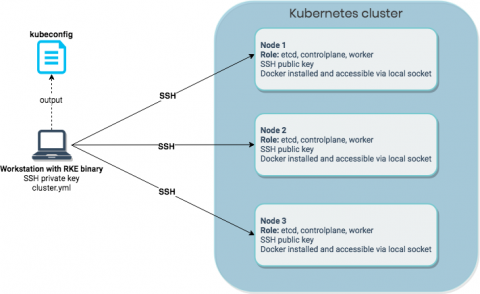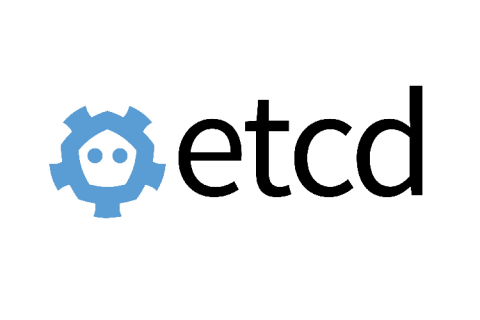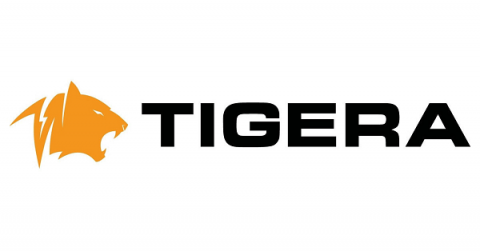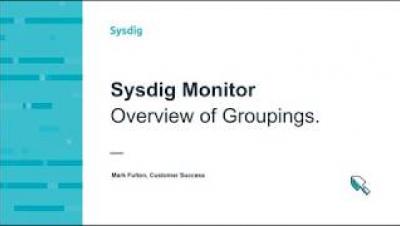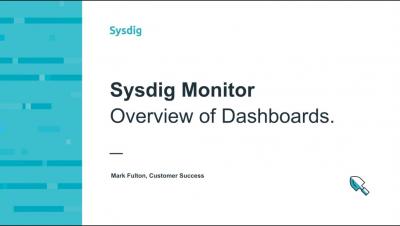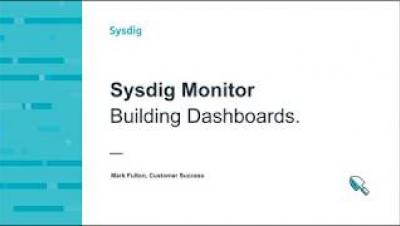Rancher vs. RKE: What Is the Difference?
When you are using Rancher to manage your Kubernetes clusters, at some point you will encounter the terms Rancher, RKE, and custom cluster. If you are new to Rancher, it can be difficult to understand the difference between and purpose of each of these concepts. In this post, I will go over what each component is used for and how they are used together in parts of the system.


